We often get to hear the term Human Resource or the HR rounds to be conducted in the interview that leads to the finalization of future job opportunity in a particular company. Every company works with the help of its Human Resources that help them grow with time and gain success. For doing this, Human Resource Management is needed on a high node that can be done through various
ERP software and one such software is SAP
® ERP-HR that helps in effective HR Management. But, before knowing more about the software, let’s get an insight about Human Resource Management and its related components.
 Human Resource Management
Human Resource Management
HRM or Human Resource Management can be defined as a process wherein organizations manage people in a structured manner. This involves hiring the people and their retention, pay and incentives, management in terms of performance and change. It also acts as a relationship bridge between the management and the employees.
Scope of HRM
The importance of HRM in every organization is increasing its scope on a wider scale; thus, helping in the management and development of employees. Human Resource Management is extensively reaching every field and marking its importance everywhere; hence, making its scope very huge. But, its scope cannot be covered under few words, however can be divided under three major categories defined as follows:
HRM in Personal Management: This involves manpower management with covering the areas like manpower planning and hiring as per the needs, training, and development followed by the induction and orientation procedure. It also includes the transfers, compensation, promotions, and employee productivity. The ultimate aim here is to focus on the growth and development of the individuals which at last, collectively affect the company's growth.
HRM in Employee Welfare: This includes the working environment and the facilities provided at the workplace. The services and responsibilities covered under this are health, safety, medical, welfare service, and social security. The appointment of safety officers who can make the working area worth for job by diminishing the workplace dangers is included here. Along with this, job security, cleanliness, medical care, machinery safeguard, top management support is covered under this scope of HRM. It identifies employees’ core needs and aims at completing them in order to provide welfare to the employees.
HRM in Industrial Relations: This is considered as one of the sensitive areas covered under HRM, as it includes a very fragile handling of issues with employee or labor unions, addressing their problems and settling down the issues by applying effective ways. The main aim to be kept in mind is the maintenance of harmony and peace in the organization. It is also widely known as the art of efficiently handling the disciplinary procedures and extracting the solution of problems with mutual consent for maintaining the effective workflow.
Using ERP software for effective Human Resource Management is the practice followed by many organizations. ERP has turned one of the powerful tools for businesses since a long time; hence, the experienced professionals having knowledge to use ERP are in high demand in industries.
The candidates willing to have expertise in handling ERP and maintaining HRM can opt for a formal training for the same. The
SAP® ERP-HR online training at Multisoft Virtual Academy can be of prime importance to all the aspirants of making career in Human Resource Management.
The online training course involves 4 assignments and projects as well that can help the candidates to testify the knowledge imparted under training program. Also, the candidates have an option of choosing the customized batch timings as per their work schedules.
If you wish to grab some more information about the course or have any queries raising up in your mind; feel free to contact us at:
info@multisoftvirtualacademy.com  Work Phases in 3ds MAX
3ds MAX comprises of different work phases, let’s take a look at each one of them:
Work Phases in 3ds MAX
3ds MAX comprises of different work phases, let’s take a look at each one of them:


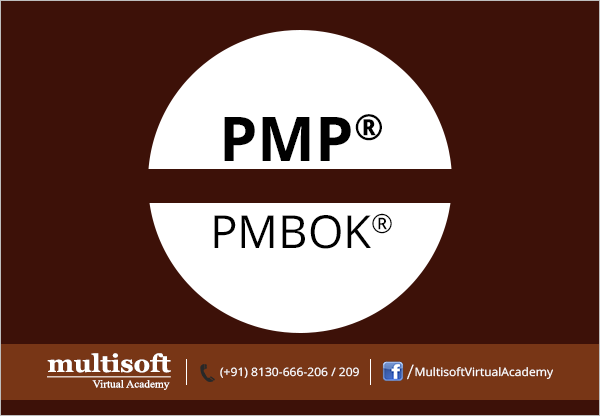
 A good Project Manager is capable of implementing all the PMI methodologies and able to adapt the changes in the related field and technology. We bring you few handy tips on how to handle projects effectively in order to maximize profits.
A good Project Manager is capable of implementing all the PMI methodologies and able to adapt the changes in the related field and technology. We bring you few handy tips on how to handle projects effectively in order to maximize profits.

 ETL
ETL refers to the trio of the processes which is called the Extract-Transform-Load in its expanded form. ETL transfers the raw data from the parent source and sends it to the relational database or the data warehouse. It is believed that data must always be formatted and simplified for loading in the types of storage systems allocated for data.
Tasks accomplished by ETL
Let’s get an insight into the tasks that are accomplished by ETL:
Extract: This is the first phase under the ETL wherein data is collected from either one or more than one source and is stored in the temporary storage area. Under this area, the rest of the two phases are executed. While extracting the data, various rules are implemented in order to check, if it contains the required values for the data warehouse. The data that does not meet the validation needs is sent for processing as to why it failed in execution.
Transform: Under this phase, the processing of data is done for making the values and structures to look-alike across the entire data. The common transformations involve the categories like joining the data from two values into one, date formatting, re-sorting rows or columns of data, or, splitting the data from one value into two.
Load: This last phase in the process is used to move the data to the final target database. Once the data gets loaded, the process reaches the completion stage. However, numerous organizations perform ETL on the regular basis to make the data warehouse upgraded with the advanced data.
Informatica PowerCenter satisfies the needs of the organizations by using its ETL tools and help them to get the data integrated in one place without any confusions. But, this can only be done by the professionals having an apt knowledge of handling the data in a proper manner, as a minor error may lead to the loss of important data.
Hence, the ones who wish to gain the knowledge of the concepts of Informatica can opt to join the
ETL
ETL refers to the trio of the processes which is called the Extract-Transform-Load in its expanded form. ETL transfers the raw data from the parent source and sends it to the relational database or the data warehouse. It is believed that data must always be formatted and simplified for loading in the types of storage systems allocated for data.
Tasks accomplished by ETL
Let’s get an insight into the tasks that are accomplished by ETL:
Extract: This is the first phase under the ETL wherein data is collected from either one or more than one source and is stored in the temporary storage area. Under this area, the rest of the two phases are executed. While extracting the data, various rules are implemented in order to check, if it contains the required values for the data warehouse. The data that does not meet the validation needs is sent for processing as to why it failed in execution.
Transform: Under this phase, the processing of data is done for making the values and structures to look-alike across the entire data. The common transformations involve the categories like joining the data from two values into one, date formatting, re-sorting rows or columns of data, or, splitting the data from one value into two.
Load: This last phase in the process is used to move the data to the final target database. Once the data gets loaded, the process reaches the completion stage. However, numerous organizations perform ETL on the regular basis to make the data warehouse upgraded with the advanced data.
Informatica PowerCenter satisfies the needs of the organizations by using its ETL tools and help them to get the data integrated in one place without any confusions. But, this can only be done by the professionals having an apt knowledge of handling the data in a proper manner, as a minor error may lead to the loss of important data.
Hence, the ones who wish to gain the knowledge of the concepts of Informatica can opt to join the 
 Industries using ANSYS
ANSYS engineering solution, support innumerable industries irrespective of the product developed by the organization. Every industry has its own challenges to deal with and aim to evolve constantly and the software acts supportive to reach such goals. Let’s get an insight into the industries getting benefited by using this software solution:
Academic: The software plays an important role in engineering and science disciplines, as the students use it for learning the Physics principles along with getting the hands-on expertise that gives an in-depth knowledge of engineering concepts. ANSYS avails a large array of commonly used technologies and services in meeting the evolving industry requirements.
Aerospace & Defence: This industry faces many changes depending upon the advancement in technology, as the software helps in developing the advanced space vehicles and aircraft's. It also helps in creating the latest propulsion system, designing highly complicated aircraft's, developing cutting-edge space vehicles.
Construction: It has been facing changes ever since it has been established in terms of innovation by improving the living experience of people. The challenges faced by it are to save energy, bringing down the operational costs and improvising the safety environment. ANSYS helps the Engineers and the Designers by giving them an understanding about site selection and the effect of the design decisions.
Consumer Goods: The aim of this industry is to deliver the products as early as possible to satisfy the consumer needs, along with the price that will attract the users. The software helps the manufacturing companies by giving them the ease of designing the optimized products and focusing on durable & low-cost goods followed by energy saving.
ANSYS is used widely in many industries by serving them the best possible way and the professionals who have an in-depth understanding of handling the software are in high demand in the industry.
The candidates who wish to learn more about the software and gain knowledge, can opt for an
Industries using ANSYS
ANSYS engineering solution, support innumerable industries irrespective of the product developed by the organization. Every industry has its own challenges to deal with and aim to evolve constantly and the software acts supportive to reach such goals. Let’s get an insight into the industries getting benefited by using this software solution:
Academic: The software plays an important role in engineering and science disciplines, as the students use it for learning the Physics principles along with getting the hands-on expertise that gives an in-depth knowledge of engineering concepts. ANSYS avails a large array of commonly used technologies and services in meeting the evolving industry requirements.
Aerospace & Defence: This industry faces many changes depending upon the advancement in technology, as the software helps in developing the advanced space vehicles and aircraft's. It also helps in creating the latest propulsion system, designing highly complicated aircraft's, developing cutting-edge space vehicles.
Construction: It has been facing changes ever since it has been established in terms of innovation by improving the living experience of people. The challenges faced by it are to save energy, bringing down the operational costs and improvising the safety environment. ANSYS helps the Engineers and the Designers by giving them an understanding about site selection and the effect of the design decisions.
Consumer Goods: The aim of this industry is to deliver the products as early as possible to satisfy the consumer needs, along with the price that will attract the users. The software helps the manufacturing companies by giving them the ease of designing the optimized products and focusing on durable & low-cost goods followed by energy saving.
ANSYS is used widely in many industries by serving them the best possible way and the professionals who have an in-depth understanding of handling the software are in high demand in the industry.
The candidates who wish to learn more about the software and gain knowledge, can opt for an 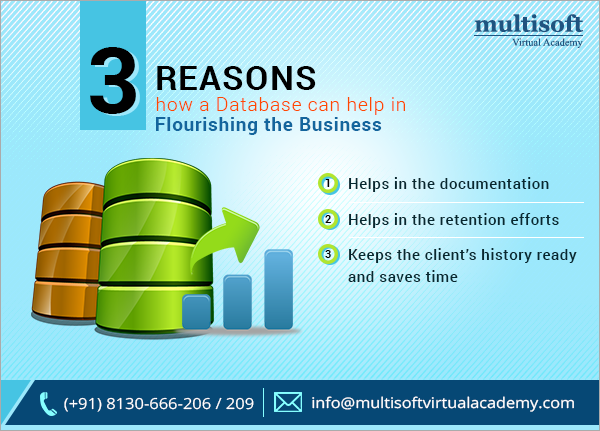
 Database software helps in documentation: When a business flourish, the number of contacts will also increase. The clients have numerous questions to ask and feedbacks to share regarding the products, but keeping all this in the form of the hand-written notes is a difficult task. This might work well in case of a small business, but a larger organization must take the aid of a
Database software helps in documentation: When a business flourish, the number of contacts will also increase. The clients have numerous questions to ask and feedbacks to share regarding the products, but keeping all this in the form of the hand-written notes is a difficult task. This might work well in case of a small business, but a larger organization must take the aid of a 
 There are innumerable Entrepreneurs who are earning well due to the introduction of numerous user-friendly applications. Let’s get an insight into the factors that can be implemented in the initial development phase and refine the App before its release:
There are innumerable Entrepreneurs who are earning well due to the introduction of numerous user-friendly applications. Let’s get an insight into the factors that can be implemented in the initial development phase and refine the App before its release:
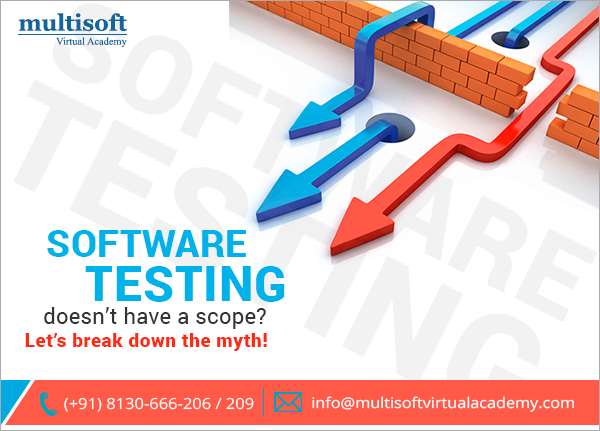
 Breaking Down the Myth About Software Testing
There are many instances when many professionals have been seen believing that software testing is not a challenging career in accordance with the advancement and finances. However, the fact is the other way round and it offers a wide range of career scope for the professionals.
The change in the market and trends has immensely risen up the need of competent Software Testers who hold a defined skill set. Let’s get an insight into the reasons that break the myth of underestimating software testing as a career:
Independent Professional Area: There are many organizations that now ponder software testing as an explicit discipline. The reason behind is the objectivity and clarity exhibited during a reporting process; along with improvising the principal business strategies.
Global Trends: While looking at the global trends, it is observed that the market is changing with time and the opportunities are increasing around the globe. This domain is all set to satisfy the industry needs more than the expected marginal increase in the number of Software Testers.
Use of New Technology: The launch of present-day technologies like SOA (Service-Oriented Architecture), mobile and cloud testing are gaining fame. It has been predicted that in the upcoming years the software is likely to be hosted in the cloud, but for a successful accomplishment organizations will have to work in the cloud testing infrastructure.
Testing as a Serious Career Prospect
Since, the myth has been broken about the career prospects in the software testing field; hence, it should be notified that a tester has a great role to play in it. Choosing it as a career option is a wise decision for the ones who wish to have a good career growth. It is not confined anymore to application testing; instead, it is covering the wider domain in industries and has taken over the entire development and quality process.
Conclusion
Hence, if anyone lives under a myth that testing does not have a broad career prospect; they are on the wrong page and need to understand the importance of this career domain. But, it also needs to be remembered that one cannot have the entire knowledge of testing, but a formal training can aid in learning the tools used in software testing.
Multisoft Virtual Academy understands the need of the aspirants and avails the ISTQB online training course for them and help to grab the right knowledge of the same. The online training program comprises of the updated course curriculum along with providing the flexibility of choosing the batch timings as per candidate’s availability.
The candidates may first enroll for the
Breaking Down the Myth About Software Testing
There are many instances when many professionals have been seen believing that software testing is not a challenging career in accordance with the advancement and finances. However, the fact is the other way round and it offers a wide range of career scope for the professionals.
The change in the market and trends has immensely risen up the need of competent Software Testers who hold a defined skill set. Let’s get an insight into the reasons that break the myth of underestimating software testing as a career:
Independent Professional Area: There are many organizations that now ponder software testing as an explicit discipline. The reason behind is the objectivity and clarity exhibited during a reporting process; along with improvising the principal business strategies.
Global Trends: While looking at the global trends, it is observed that the market is changing with time and the opportunities are increasing around the globe. This domain is all set to satisfy the industry needs more than the expected marginal increase in the number of Software Testers.
Use of New Technology: The launch of present-day technologies like SOA (Service-Oriented Architecture), mobile and cloud testing are gaining fame. It has been predicted that in the upcoming years the software is likely to be hosted in the cloud, but for a successful accomplishment organizations will have to work in the cloud testing infrastructure.
Testing as a Serious Career Prospect
Since, the myth has been broken about the career prospects in the software testing field; hence, it should be notified that a tester has a great role to play in it. Choosing it as a career option is a wise decision for the ones who wish to have a good career growth. It is not confined anymore to application testing; instead, it is covering the wider domain in industries and has taken over the entire development and quality process.
Conclusion
Hence, if anyone lives under a myth that testing does not have a broad career prospect; they are on the wrong page and need to understand the importance of this career domain. But, it also needs to be remembered that one cannot have the entire knowledge of testing, but a formal training can aid in learning the tools used in software testing.
Multisoft Virtual Academy understands the need of the aspirants and avails the ISTQB online training course for them and help to grab the right knowledge of the same. The online training program comprises of the updated course curriculum along with providing the flexibility of choosing the batch timings as per candidate’s availability.
The candidates may first enroll for the 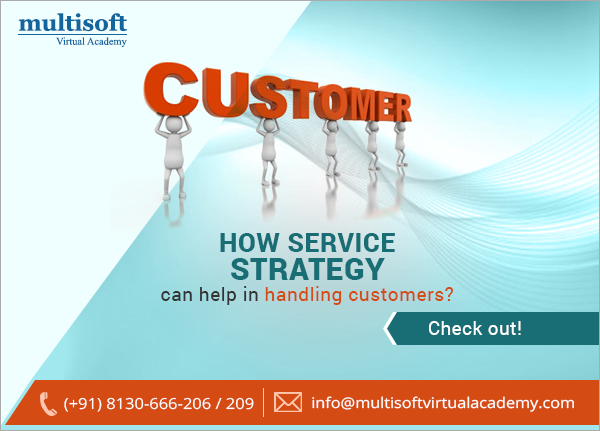


 Human Resource Management
HRM or Human Resource Management can be defined as a process wherein organizations manage people in a structured manner. This involves hiring the people and their retention, pay and incentives, management in terms of performance and change. It also acts as a relationship bridge between the management and the employees.
Scope of HRM
The importance of HRM in every organization is increasing its scope on a wider scale; thus, helping in the management and development of employees. Human Resource Management is extensively reaching every field and marking its importance everywhere; hence, making its scope very huge. But, its scope cannot be covered under few words, however can be divided under three major categories defined as follows:
HRM in Personal Management: This involves manpower management with covering the areas like manpower planning and hiring as per the needs, training, and development followed by the induction and orientation procedure. It also includes the transfers, compensation, promotions, and employee productivity. The ultimate aim here is to focus on the growth and development of the individuals which at last, collectively affect the company's growth.
HRM in Employee Welfare: This includes the working environment and the facilities provided at the workplace. The services and responsibilities covered under this are health, safety, medical, welfare service, and social security. The appointment of safety officers who can make the working area worth for job by diminishing the workplace dangers is included here. Along with this, job security, cleanliness, medical care, machinery safeguard, top management support is covered under this scope of HRM. It identifies employees’ core needs and aims at completing them in order to provide welfare to the employees.
HRM in Industrial Relations: This is considered as one of the sensitive areas covered under HRM, as it includes a very fragile handling of issues with employee or labor unions, addressing their problems and settling down the issues by applying effective ways. The main aim to be kept in mind is the maintenance of harmony and peace in the organization. It is also widely known as the art of efficiently handling the disciplinary procedures and extracting the solution of problems with mutual consent for maintaining the effective workflow.
Using ERP software for effective Human Resource Management is the practice followed by many organizations. ERP has turned one of the powerful tools for businesses since a long time; hence, the experienced professionals having knowledge to use ERP are in high demand in industries.
The candidates willing to have expertise in handling ERP and maintaining HRM can opt for a formal training for the same. The
Human Resource Management
HRM or Human Resource Management can be defined as a process wherein organizations manage people in a structured manner. This involves hiring the people and their retention, pay and incentives, management in terms of performance and change. It also acts as a relationship bridge between the management and the employees.
Scope of HRM
The importance of HRM in every organization is increasing its scope on a wider scale; thus, helping in the management and development of employees. Human Resource Management is extensively reaching every field and marking its importance everywhere; hence, making its scope very huge. But, its scope cannot be covered under few words, however can be divided under three major categories defined as follows:
HRM in Personal Management: This involves manpower management with covering the areas like manpower planning and hiring as per the needs, training, and development followed by the induction and orientation procedure. It also includes the transfers, compensation, promotions, and employee productivity. The ultimate aim here is to focus on the growth and development of the individuals which at last, collectively affect the company's growth.
HRM in Employee Welfare: This includes the working environment and the facilities provided at the workplace. The services and responsibilities covered under this are health, safety, medical, welfare service, and social security. The appointment of safety officers who can make the working area worth for job by diminishing the workplace dangers is included here. Along with this, job security, cleanliness, medical care, machinery safeguard, top management support is covered under this scope of HRM. It identifies employees’ core needs and aims at completing them in order to provide welfare to the employees.
HRM in Industrial Relations: This is considered as one of the sensitive areas covered under HRM, as it includes a very fragile handling of issues with employee or labor unions, addressing their problems and settling down the issues by applying effective ways. The main aim to be kept in mind is the maintenance of harmony and peace in the organization. It is also widely known as the art of efficiently handling the disciplinary procedures and extracting the solution of problems with mutual consent for maintaining the effective workflow.
Using ERP software for effective Human Resource Management is the practice followed by many organizations. ERP has turned one of the powerful tools for businesses since a long time; hence, the experienced professionals having knowledge to use ERP are in high demand in industries.
The candidates willing to have expertise in handling ERP and maintaining HRM can opt for a formal training for the same. The 
 The Mechanical Engineers make use of
The Mechanical Engineers make use of 
 IoT (Internet of Things)
The IoT is used to link to the Internet and helps in an exchange of data that was not available for use before and bring the information for the users with more security. As per Cisco, it will let approx 20 billion devices connected to each other by 2020.
IoT (Internet of Things)
The IoT is used to link to the Internet and helps in an exchange of data that was not available for use before and bring the information for the users with more security. As per Cisco, it will let approx 20 billion devices connected to each other by 2020. 
 The increased use of smartphones and tablets has led the users reach the outer world more easily. The users who frequently use such devices must be aware of the term ARM, as it is the hardware used under these devices. It has a bit difference in usage when compared with laptops or desktops.
Introduction to ARM
ARM is an acronym for Advanced RISC Machine wherein RISC is an acronym for Reduced Instruction Set computing. All the
The increased use of smartphones and tablets has led the users reach the outer world more easily. The users who frequently use such devices must be aware of the term ARM, as it is the hardware used under these devices. It has a bit difference in usage when compared with laptops or desktops.
Introduction to ARM
ARM is an acronym for Advanced RISC Machine wherein RISC is an acronym for Reduced Instruction Set computing. All the 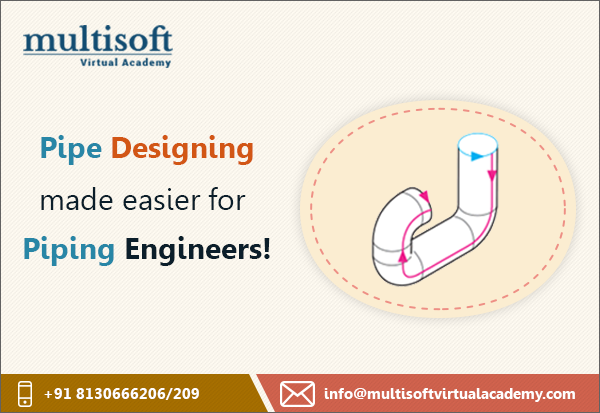


 With an increase in Apps and their need, it has called for the requirement of App Developers who can develop distinct Apps for varied functionalities. Since, it is human nature to get attracted towards the more attractive environment; therefore, Android users also incline toward the Apps that have an interactive design and appearance.
Resources that should be chosen for amazing App designs
Let’s take an insight at the resources that can aid an Android Developer to create Applications with more appealing designs and make it stand out in featured list of Android Apps:
With an increase in Apps and their need, it has called for the requirement of App Developers who can develop distinct Apps for varied functionalities. Since, it is human nature to get attracted towards the more attractive environment; therefore, Android users also incline toward the Apps that have an interactive design and appearance.
Resources that should be chosen for amazing App designs
Let’s take an insight at the resources that can aid an Android Developer to create Applications with more appealing designs and make it stand out in featured list of Android Apps:
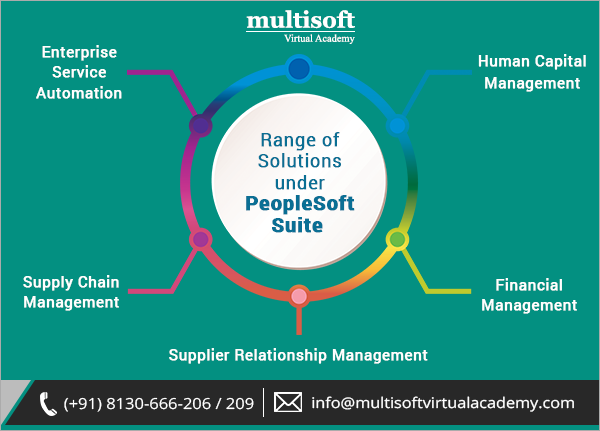
 Range of Solutions under PeopleSoft Suite
Oracle® PeopleSoft offers a wide range of product solutions. Let’s get an insight into the solutions provided:
Range of Solutions under PeopleSoft Suite
Oracle® PeopleSoft offers a wide range of product solutions. Let’s get an insight into the solutions provided:

 Choosing Cisco Devices for Networking
Innumerable Enterprises have chosen Cisco and so have the common users. Here, we bring you the reasons why people should go for Cisco, the best-in-class company while setting up a network.
Choosing Cisco Devices for Networking
Innumerable Enterprises have chosen Cisco and so have the common users. Here, we bring you the reasons why people should go for Cisco, the best-in-class company while setting up a network.
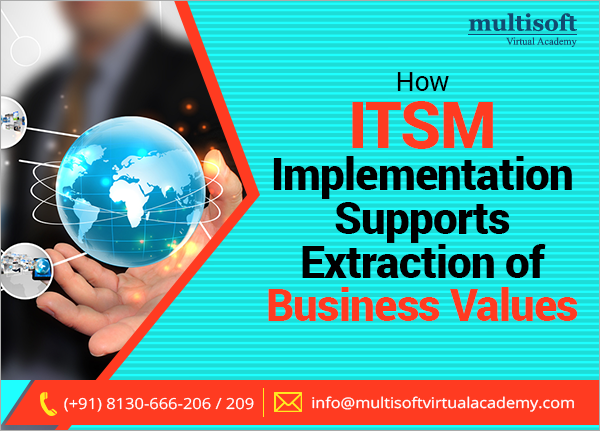
 Process Management
ITSM makes the optimal use of the globally accepted framework, ITIL® v3, which is helping numerous organizations to provide support in implementing the best IT services. The updated version of ITIL® Lifecycle works on the following five phases:
Process Management
ITSM makes the optimal use of the globally accepted framework, ITIL® v3, which is helping numerous organizations to provide support in implementing the best IT services. The updated version of ITIL® Lifecycle works on the following five phases:
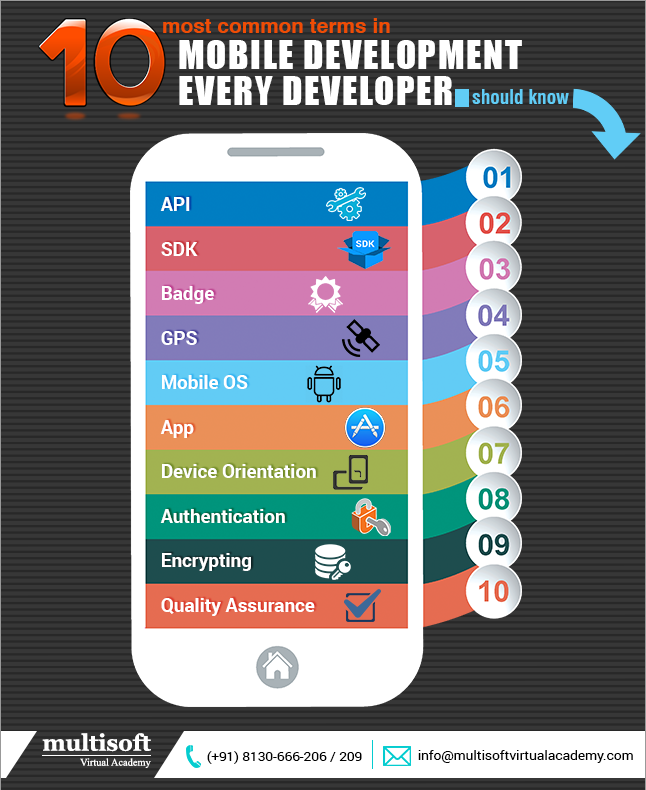
 With increasing demand of Apps, the demand for Developers has also increased, as everyday a new App hits the floor and aims to top the charts in App stores. But, Developers needs to be aware about some of the terms that they will make use of, while developing the Apps; however, these terms remain the same regardless of the platforms. Some of the widely used terms amongst the Developers are:
With increasing demand of Apps, the demand for Developers has also increased, as everyday a new App hits the floor and aims to top the charts in App stores. But, Developers needs to be aware about some of the terms that they will make use of, while developing the Apps; however, these terms remain the same regardless of the platforms. Some of the widely used terms amongst the Developers are:
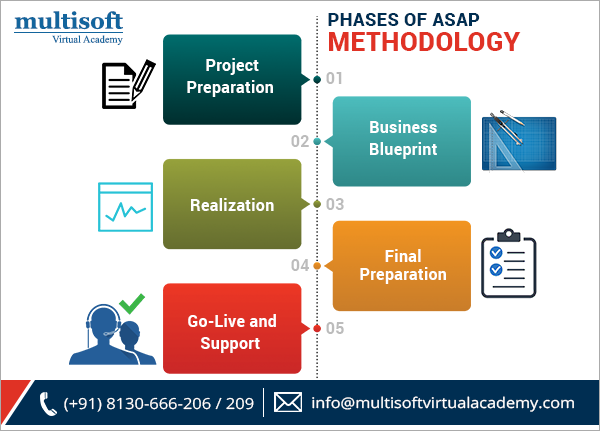
 ASAP:
ASAP refers to Accelerated SAP and its purpose is to help in working on the
ASAP:
ASAP refers to Accelerated SAP and its purpose is to help in working on the 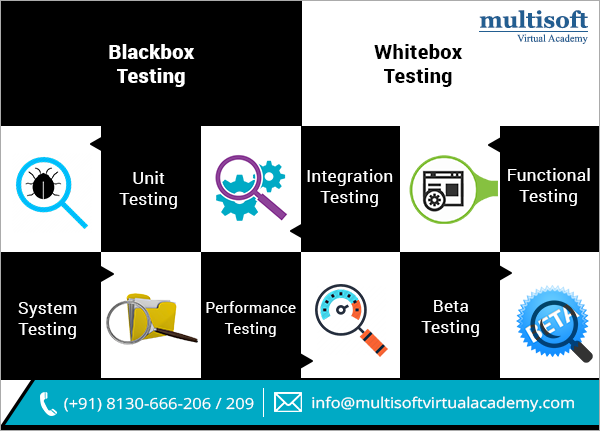
 Software Verification
The process of Software Verification ensures that the software product verifies the conditions that were planned to be implemented while starting the software. It includes inspections, reviews, walk throughs, and meetings to assess the plans, specifications, codes, documents, and requirements. In simple words, it makes sure whether the software is going the way it is supposed to be.
Software Validation:
The process of Software Validation is done at the end of the
Software Verification
The process of Software Verification ensures that the software product verifies the conditions that were planned to be implemented while starting the software. It includes inspections, reviews, walk throughs, and meetings to assess the plans, specifications, codes, documents, and requirements. In simple words, it makes sure whether the software is going the way it is supposed to be.
Software Validation:
The process of Software Validation is done at the end of the 
 Join our Live Instructor-Led online classes delivered by industry experts
Join our Live Instructor-Led online classes delivered by industry experts